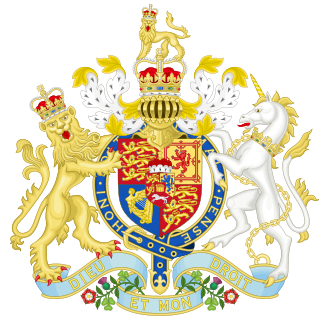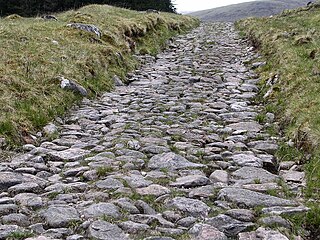 W
WThe British Army during the American Revolutionary War served for eight years in campaigns fought around the globe. Defeat at the Siege of Yorktown to a combined Franco-US force ultimately led to the loss of the Thirteen Colonies in eastern North America, and the concluding Treaty of Paris deprived Britain of many of the gains achieved in the Seven Years' War. However several victories elsewhere meant that much of the British Empire remained intact.
 W
WThe experience of British soldiers in the eighteenth century would have depended on where he was stationed, the time period and who he was fighting. The British Army underwent significant changes during the eighteenth century, mainly to ensure they would be able to perform well in the numerous wars that Great Britain participated in during the century, such as the War of the Spanish Succession, the War of the Austrian Succession, the Seven Years' War, the American War of Independence, and the French Revolutionary Wars.
 W
WThe Battle of Coille Bhan was fought in 1721 near Attadale, in the county of Ross in the Scottish Highlands in the aftermath of the Jacobite rising of 1719. It was fought between a British government force against Highlanders of the Clan Mackenzie.
 W
WThe Enlistment Act 1794 allowed the British government to create regiments of émigrés from France. This specific legislation was needed to enlist men who were not British subjects in the British Army and to allow George III to commission foreigners as officers. The Act was a major break from the military conventions about enlisting soldiers from other states in the Eighteenth Century. The Act expired with the Peace of Amiens.
 W
WThis is a list of British units which took part in the American Revolutionary War (1775–1783), fighting against the American rebels and their French, Spanish and Dutch allies in the thirteen North American colonies, including battles in Florida and the West Indies. In addition to the regular army the list includes German auxiliary units, and militia and provincial units formed from Loyalists, West Indians, and Canadians.
 W
WA network of military roads, sometimes called General Wade's Military Roads, was constructed in the Scottish Highlands during the middle part of the 18th century as part of an attempt by the British Government to bring order to a part of the country which had risen up in the Jacobite rebellion of 1715.
 W
WPitchcapping was a form of torture used by the British military against suspected Irish rebels during the period of the 1798 rebellion, most famously on Anthony Perry, one of the leaders of the Wexford Rebels.
 W
WSergeant Lamb of the Ninth and Proceed, Sergeant Lamb are two historical novels by Robert Graves, published in 1940 and 1941 respectively. They relate the experiences of Roger Lamb as a British soldier in the American Revolutionary War, and are based on the actual Roger Lamb's autobiographical works.
 W
WThe Soldier Artificer Company was a unit of the British Army raised in Gibraltar in 1772 to work on improving the fortifications there. It was the Army's first unit of military artificers and labourers – the existing Corps of Engineers was entirely made up of commissioned officers – and it replaced the traditional but unreliable practice of employing civilian craftsmen. The company was an immediate success and was responsible for upgrading the British fortress's defences before the Great Siege of Gibraltar.